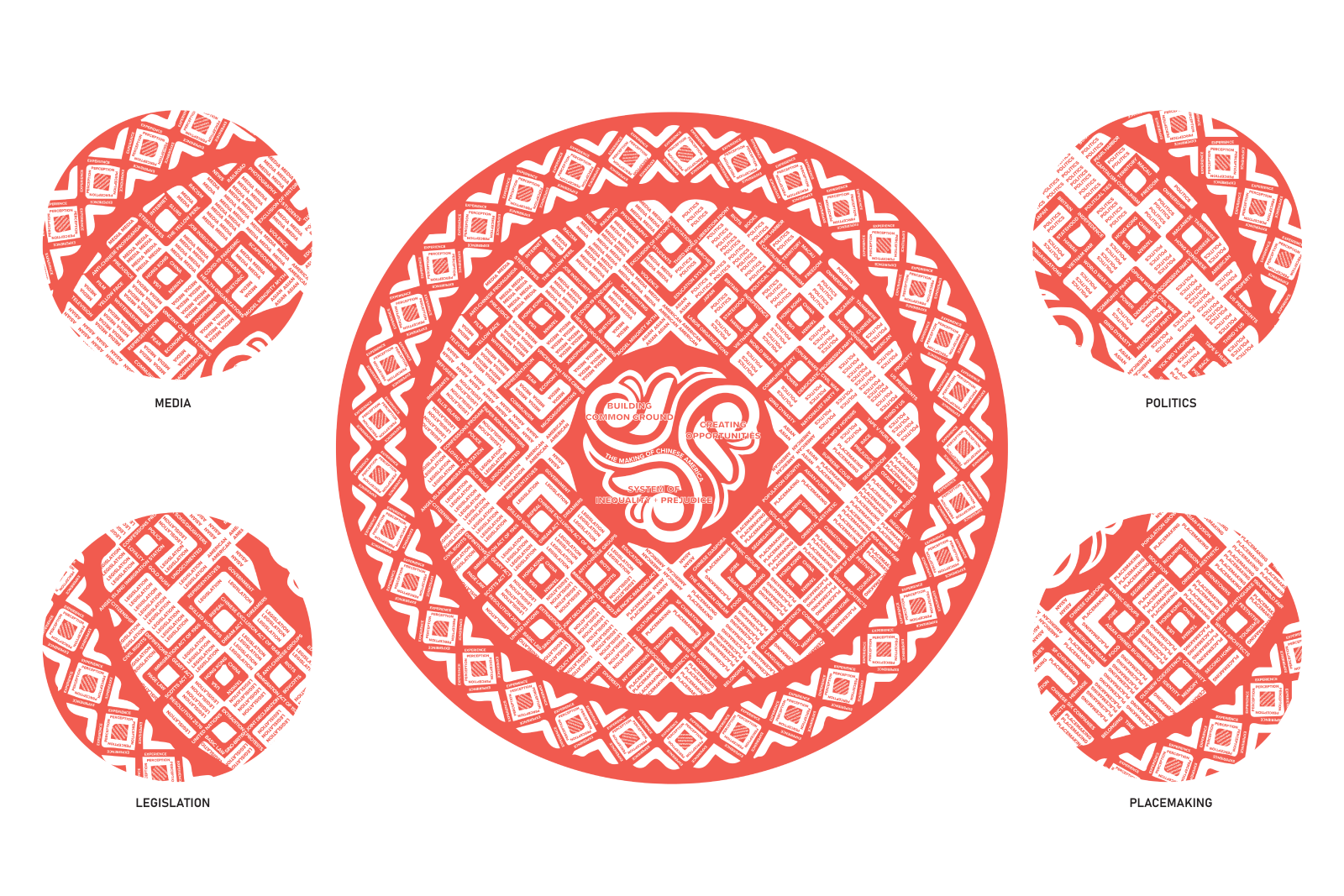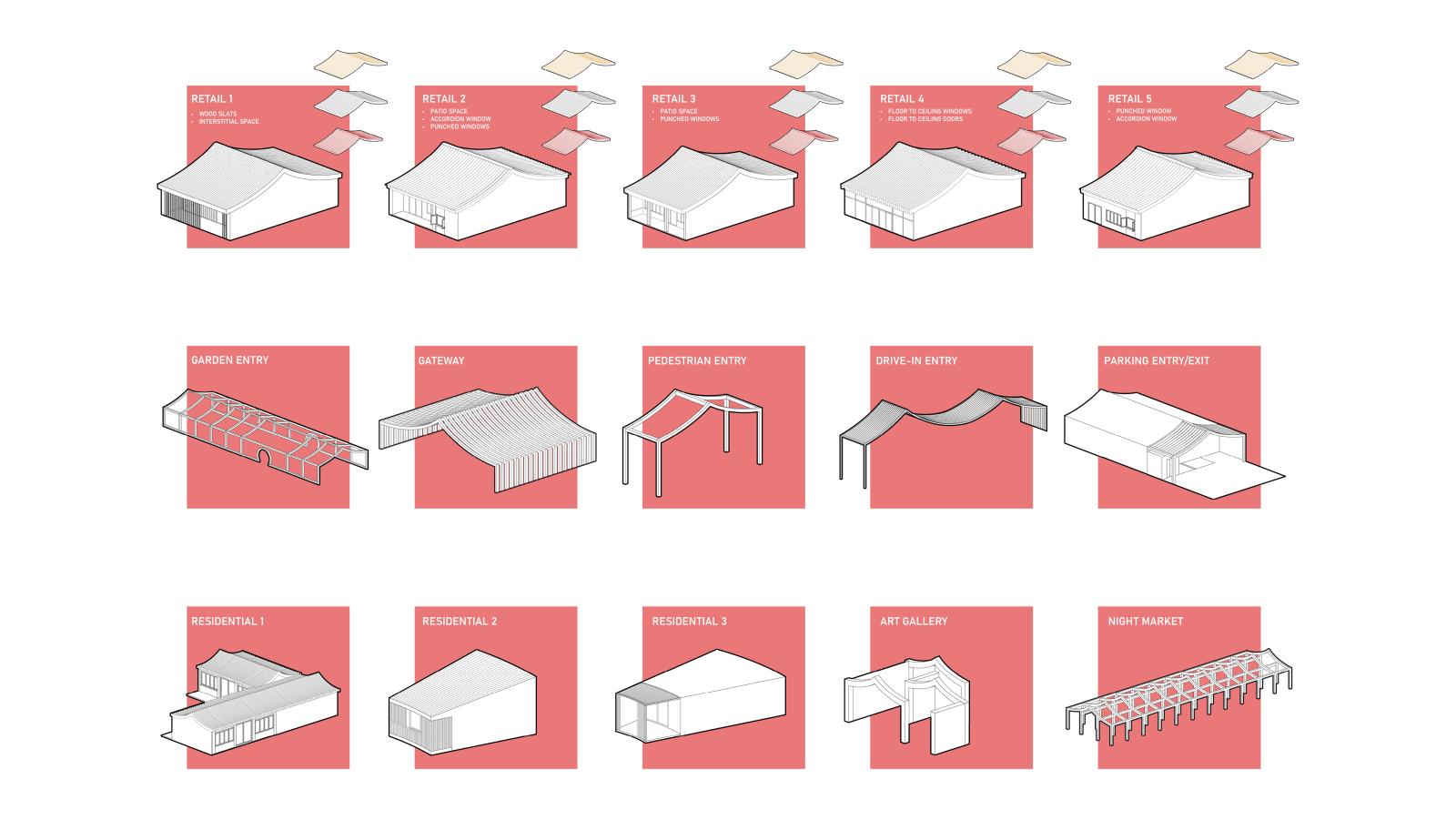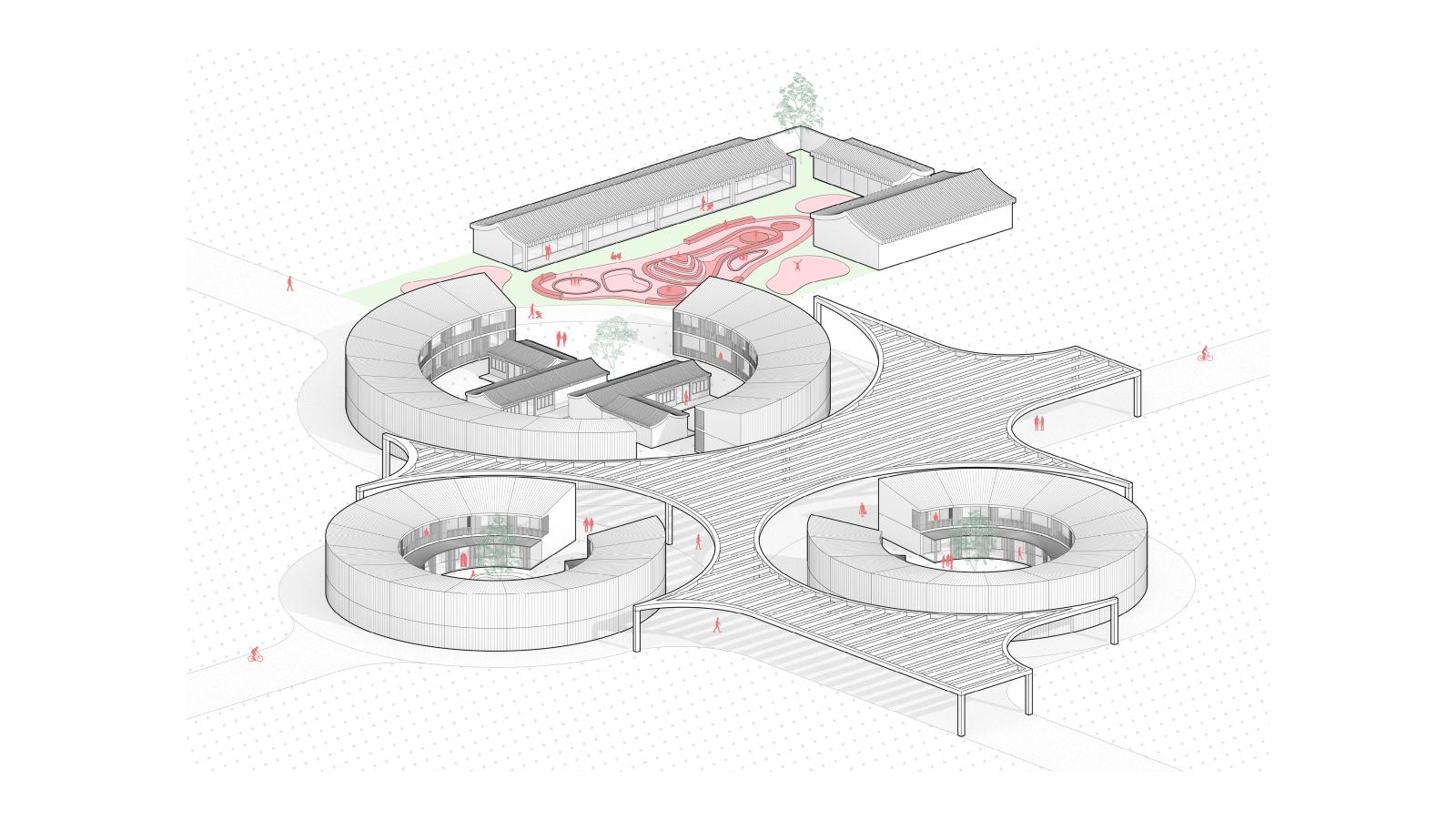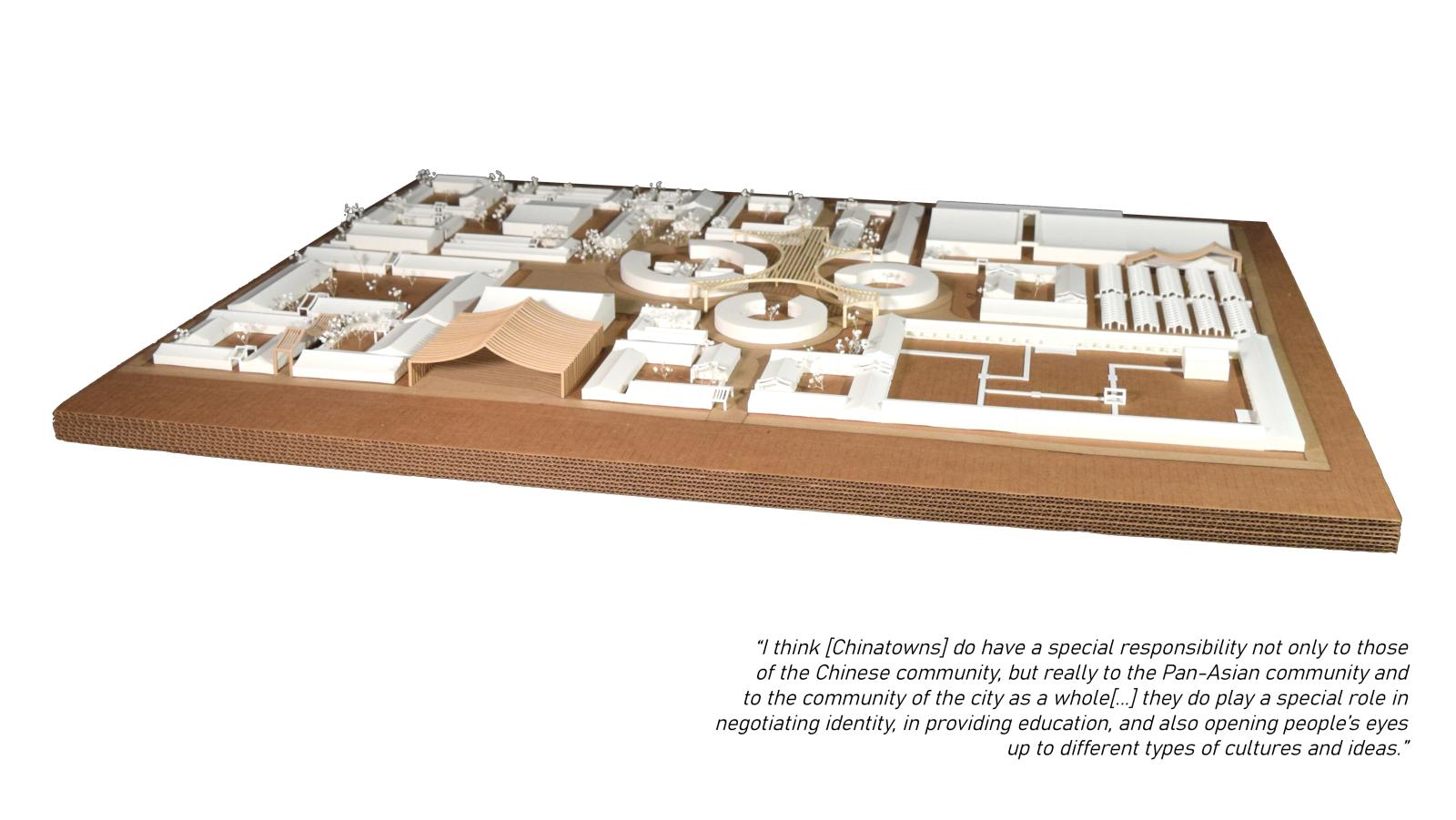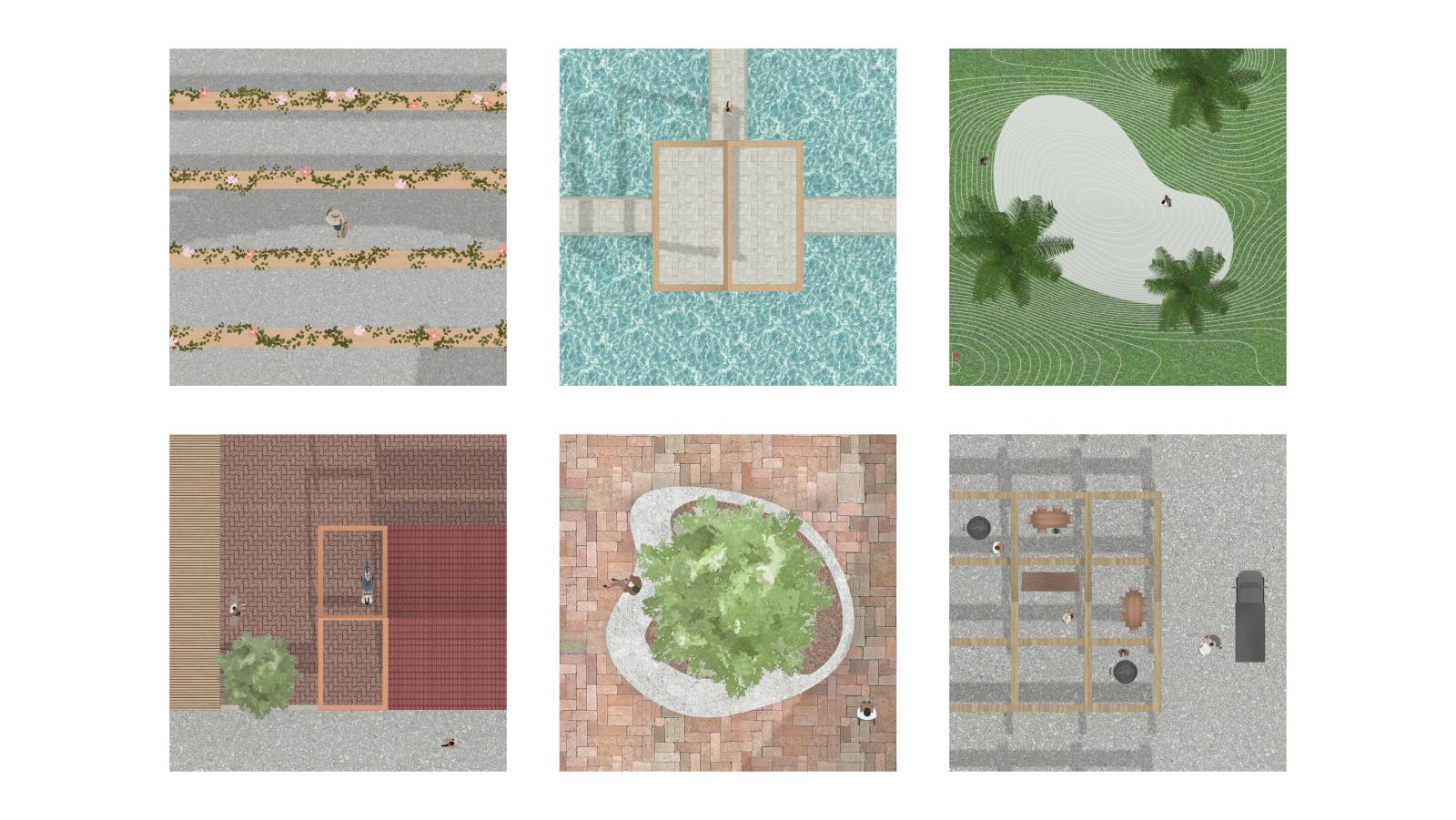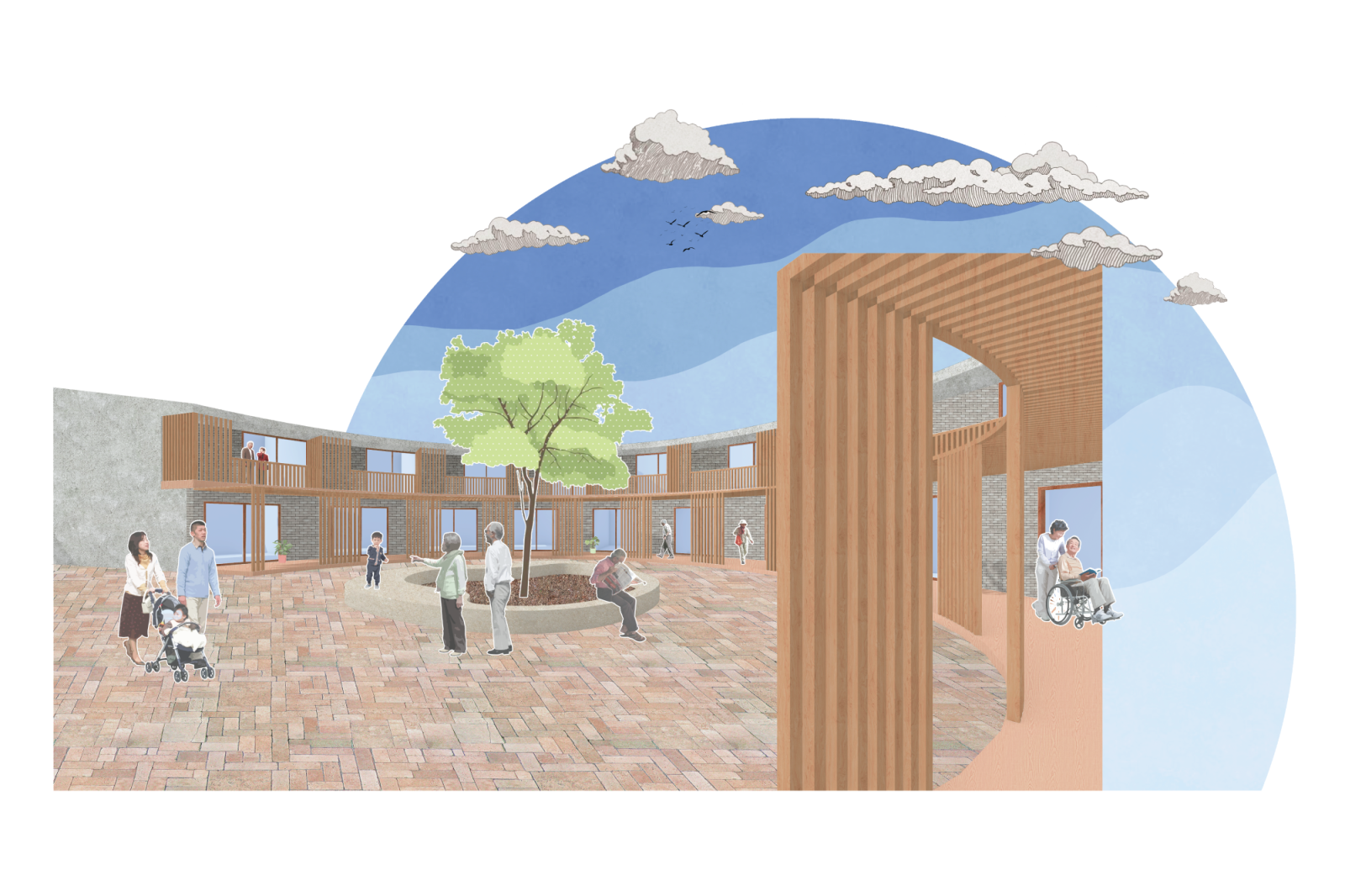Undergraduate Student Thesis Receives Texas Society of Architects Studio Award
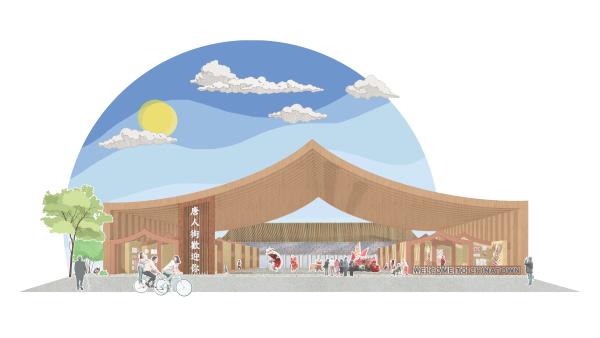
Undergraduate architecture student Sara Tin-U (B.Arch + Plan II Honors ’23) recently received one of Texas Society of Architects’ (TxA) 2023 Studio Awards. Recognizing unbuilt projects that demonstrate innovation and excellence in design, TxA’s Studio Awards invite submissions for real or theoretical projects that embody strong ideas critical to contemporary practice. Of more than 72 projects submitted, the jury selected only seven for awards—among which Tin-U was the only student recipient.
Completed as Tin-U’s Bachelor Design Study + Plan II Honors Thesis, the project “A Second Home: Reimagining Chinatown,” investigates the meaning of Chinatowns for the Chinese diaspora via in-depth historical, cultural, and psychosocial research, and expands the typology of Chinatown by exploring the spectrum of Chinese architecture to create a uniquely Chinese-American design. Combining both elements of Tin-U’s dual degree, the project is a synthesis of Tin-U’s academic experience within the School of Architecture and the College of Liberal Arts.
Sponsored jointly by the two schools, the Bachelor of Architecture/Plan II Honors dual degree is a five-year program, including summers, that results in a NAAB-accredited architecture degree, combined with the additional academic and professional advantage of a strong liberal arts background. A limited number of students are admitted to the Plan II program, and even fewer are admitted to both Plan II and the School of Architecture—offering students a unique, interdisciplinary learning experience.
"I feel like architecture itself is a truly interdisciplinary field, so having the opportunity to take classes like philosophy, anthropology, world literature, creative writing, and more has really enriched my design ethos," Tin-U said. “Plan II provided me with a unique breadth of knowledge, collaborative experiences with other backgrounds, and an empathetic lens with which to approach design. When I had the opportunity to create my own design topic, I really wanted to explore my passions for community and cultural work inspired by my Plan II classes and could not think of a more befitting subject than an Austin Chinatown. It felt like the perfect conclusion to my undergraduate career, with the thesis being an intersection of Asian American studies, environmental psychology, anthropology, philosophy, urban design, architecture, and more—above all, it's my homage to the Chinese community."
Tin-U presented her thesis at the end of the Spring 2023 term before graduating in May 2023. Her thesis advisors included: Senior Lecturer Charlton Lewis, the School of Architecture’s 2021-23 Race & Gender in the Built Environment Fellow Todd Levon Brown, 2020-22 Emerging Scholar in Design Stephanie Choi, Arnold Jin, a faculty member in the College of Liberal Arts’ Asian Studies Department, and Yung-Ju Kim, an alumna of the School of Architecture (M.Arch ’15, MSHP ‘ 2017) who currently serves as an Architectural Designer at Lord Aeck Sargent.
“Texas Society of Architects’ recognition of Sara’s project is so well-deserved, and I couldn’t be more excited for her,” Lewis said. “Every aspect of her project was so well-researched and thoughtfully considered. She approached everything—from the site analysis and the walking interviews, to her specific design interventions and her reconsideration of the Chinatown typology—with creativity, sensitivity, and a real commitment to representing and serving the community.”
As part of Texas Society of Architect’s recognition of the project, “A Second Home: Reimagining Chinatown” will be featured in the November/December issue of Texas Architect Magazine.
---
Project Description:
Welcome to Austin’s new Chinatown!
Chinatowns have long held various meanings for the Chinese diaspora, from connecting with heritage to finding a safe space. With increasing anti-Asian sentiment attributed to SARS-COV-2 (Covid-19) and a fast-growing Asian population, Austin’s lack of an enclave has become more apparent. Thus, a Second Home aims to investigate the meaning of Chinatowns for the Chinese diaspora as well as expand the typology of Chinatown by exploring the spectrum of Chinese architecture and hybridizing traditional and modern aspects to create a uniquely Chinese-American design.
This investigation includes in-depth historical, cultural, and psychosocial research in which walking interviews were conducted. As a result of this, the Chinatown Center was selected as the site for extension and renovation in order to give Austin the Chinatown it deserves and needs. With critical race theory and empirical psychosocial data as the framework for design strategies, this urban and architectural design intervention delves into cultural landscapes with a focus on how to preserve and reinforce the cultural identity of the Chinese diaspora in order to foster positive placemaking. This intervention acts to uplift the underserved, specifically the elderly demographic, as well as enable immigrants and new arrivals.
Full Thesis:
